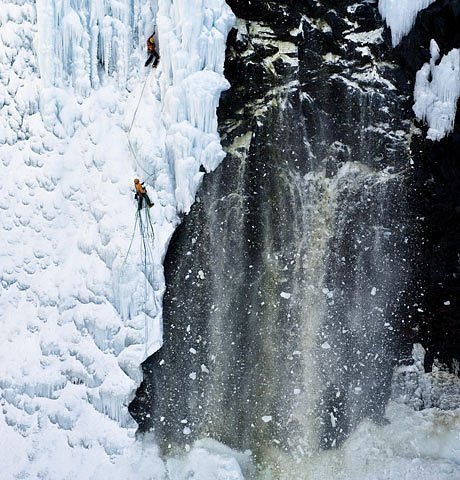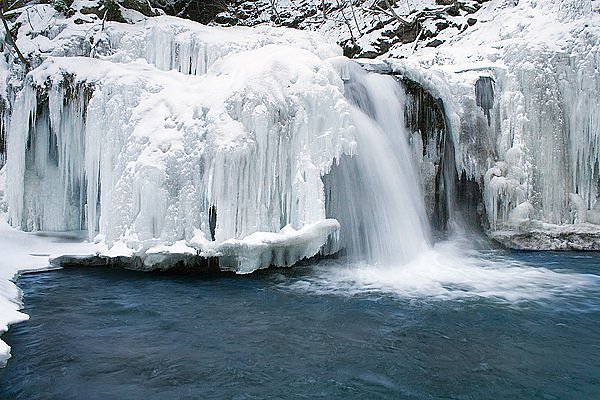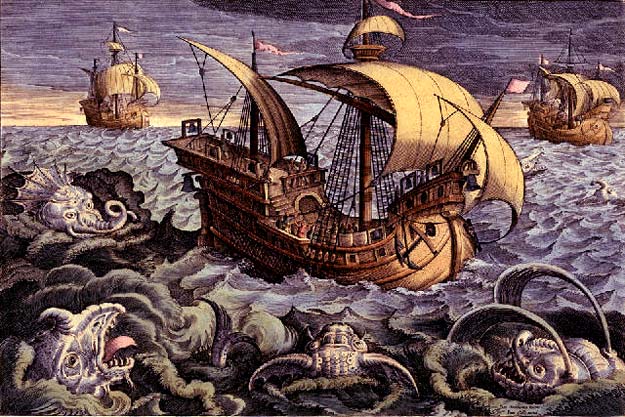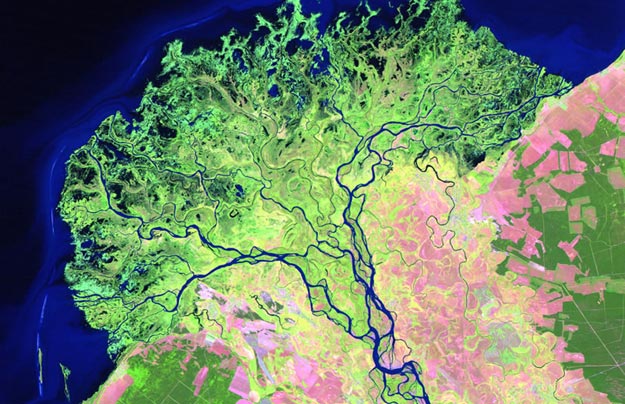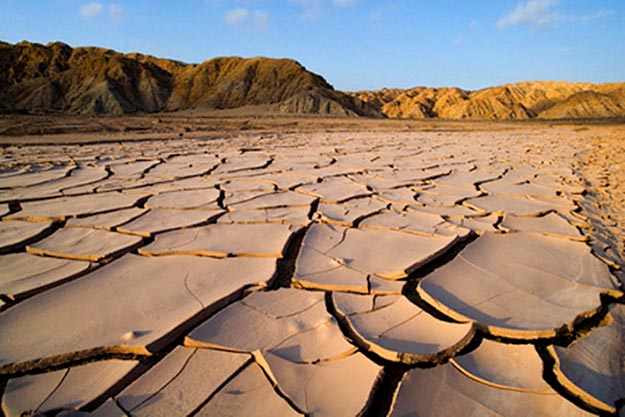We’re used to seeing stunning images of cascading waterfalls in all their fluid glory, but have you ever wondered how they would look if Jack Frost was let loose on them? Well, you need wait no longer as we have compiled a range of fantastic frozen waterfalls.
1. This enchanting image of an ice waterfall perfectly captures the force and flow of the water underneath the ice, making it hard to comprehend how it ever manages to freeze. Read more

